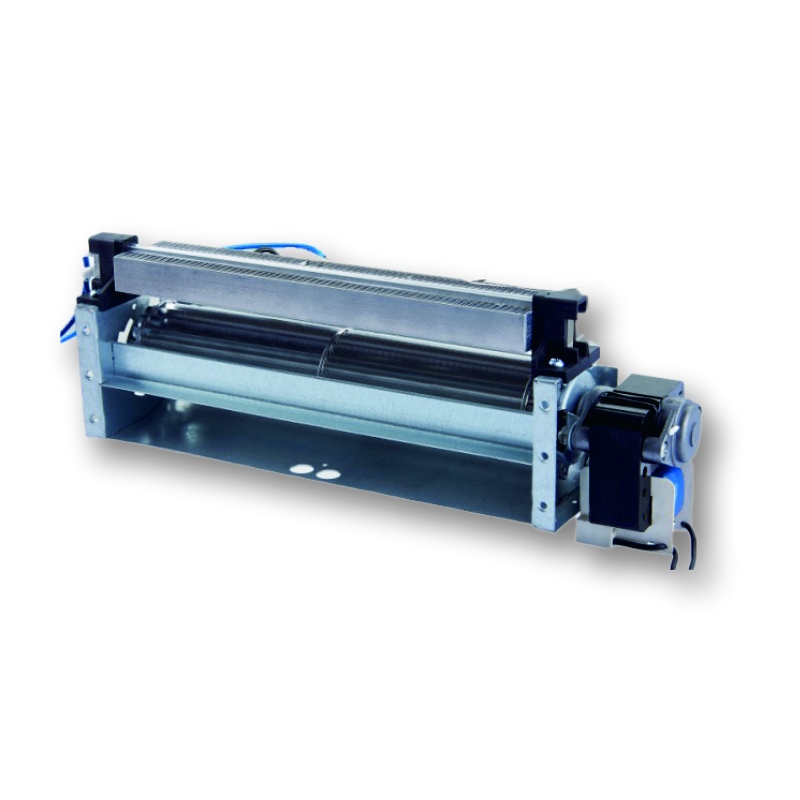Understanding Blower Motor Functionality
Blower motors play a crucial role in HVAC systems, responsible for circulating air throughout the system to ensure efficient heating and cooling. These motors convert electrical energy into mechanical energy, driving the fan blades that push air through ductwork. Blower motors come in various types, including single-speed, multi-speed, and variable speed, each with different energy efficiencies and applications. Understanding the basic operation of blower motors is essential for diagnosing issues and determining repairability.
Types of Blower Motors
- Single-Speed Motors: Operate at one constant speed, often less energy-efficient.
- Multi-Speed Motors: Offer two or more fixed speeds for better control.
- Variable Speed Motors: Provide adjustable speeds for maximum efficiency.
Common Blower Motor Issues
Blower motors can face a range of problems over their operational lifespan, often resulting in reduced system efficiency or failure. Key issues include overheating, unusual noises, and failure to start. These problems can be caused by a variety of factors such as worn bearings, electrical malfunctions, or debris obstructing the fan blades.
Signs of Blower Motor Problems
- Strange noises like squealing or rattling.
- Inconsistent airflow from vents.
- Unusual odors emanating from the HVAC system.
Diagnostic Process for Blower Motors
Proper diagnosis is essential to determine the repairability of a blower motor. Technicians use multimeters to check electrical continuity and measure voltage levels. Visual inspections are conducted to identify physical damages or debris. This comprehensive approach ensures that all potential issues are identified before deciding on a repair strategy.
Steps in Motor Diagnosis
- Inspect wiring and electrical connections for faults.
- Measure motor resistance and continuity.
- Assess mechanical components for wear and tear.
Blower Motor Repair vs Replacement
To repair or replace a blower motor is a decision influenced by several factors including cost, motor condition, and availability of parts. Repairing the motor can be cost-effective if the issue is minor and parts are readily available. However, severe damage or outdated technology may necessitate replacement to ensure long-term reliability and efficiency.
Cost-Benefit Analysis
- Consider repair costs against replacement expenses.
- Evaluate long-term benefits of a newer model.
DIY Blower Motor Repair Techniques
For those with technical competence, certain blower motor repairs can be done DIY-style. Tasks like cleaning, lubricating, and replacing minor components are achievable with basic tools and guidance. It's crucial to follow safety protocols to prevent electrical hazards and ensure repairs are effective.
Common DIY Repairs
- Replacing worn-out belts or bearings.
- Cleaning clogged fan blades or motors.
When to Consult a Professional Technician
While DIY repairs are feasible for minor issues, complex problems necessitate professional intervention. Certified technicians provide expertise and access to specialized tools to handle intricate repairs or replacements efficiently. Consulting a professional is recommended when the motor exhibits persistent problems or complex electrical malfunctions.
Benefits of Professional Repair
- Accurate diagnosis and comprehensive solutions.
- Warranty on repairs and components.
Preventive Maintenance for Blower Motors
Regular maintenance is vital to prolong the lifespan of blower motors and prevent breakdowns. Routine inspection, cleaning, and lubrication minimize wear and tear and enhance efficiency. Implementing a scheduled maintenance plan reduces the likelihood of unexpected failures, ensuring continuous HVAC performance.
Maintenance Tips
- Lubricate motor bearings annually.
- Clean fan blades and vents regularly.
- Check and replace filters periodically.
Troubleshooting Common Blower Motor Problems
Effective troubleshooting can resolve many common blower motor issues without extensive disassembly. This involves a systematic approach to identify and rectify problems using a combination of visual inspection and basic tools. Troubleshooting can often restore motor functionality and improve system performance.
Practical Troubleshooting Steps
- Examine power supply and fuses.
- Check for obstructions or debris.
- Test capacitors and relays for faults.
Latest Technologies in Blower Motor Design
Advancements in blower motor technology have led to more energy-efficient and environmentally friendly designs. Innovations such as electronically commutated motors (ECMs) offer superior energy efficiency and quieter operation. These technological developments are increasingly integrated into factory production in China for wholesale distribution worldwide.
Emerging Motor Technologies
- Electronically Commutated Motors (ECMs).
- Smart motors with IoT connectivity.
Environmental Impact of Blower Motor Repair
Repairing blower motors rather than replacing them can reduce waste and conserve resources, contributing to environmental sustainability. By minimizing discarded equipment, repair practices support eco-friendly initiatives. Factories in China are increasingly adopting green manufacturing processes to align with global sustainability goals.
Sustainable Repair Practices
- Reduction in electronic waste.
- Resource conservation through part reuse.
Hanlang Technology Provide Solutions
Hanlang Technology offers comprehensive solutions for blower motor issues, providing high-quality repair services and efficient replacement options. Our expert technicians utilize advanced diagnostic tools to ensure accurate repairs, enhancing the performance and longevity of HVAC systems. By partnering with leading factories in China, we provide a reliable source of wholesale components, ensuring cost-effective solutions tailored to your needs. Choose Hanlang Technology for professional and sustainable blower motor solutions, backed by industry expertise.
User hot search: automotive blower motor



